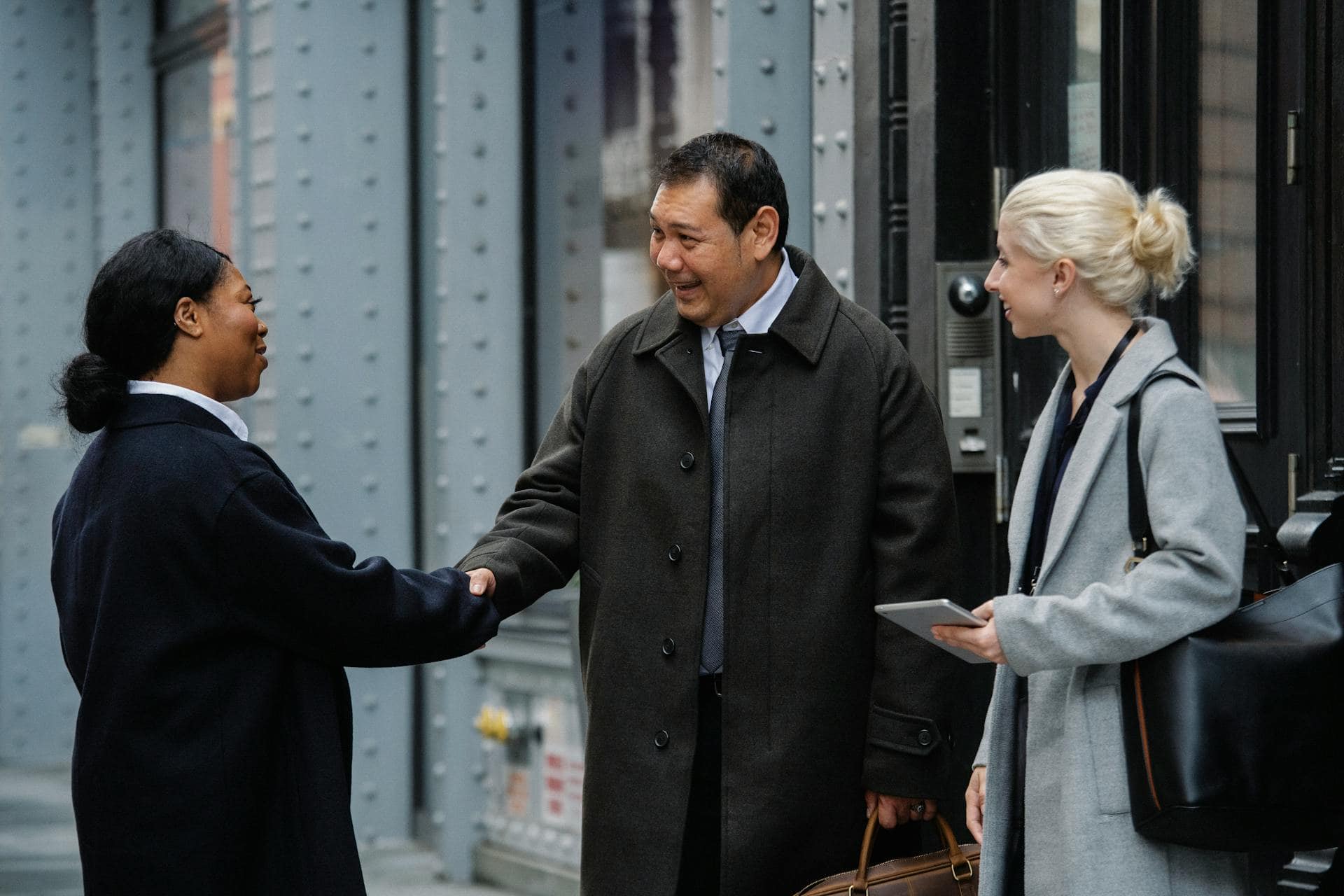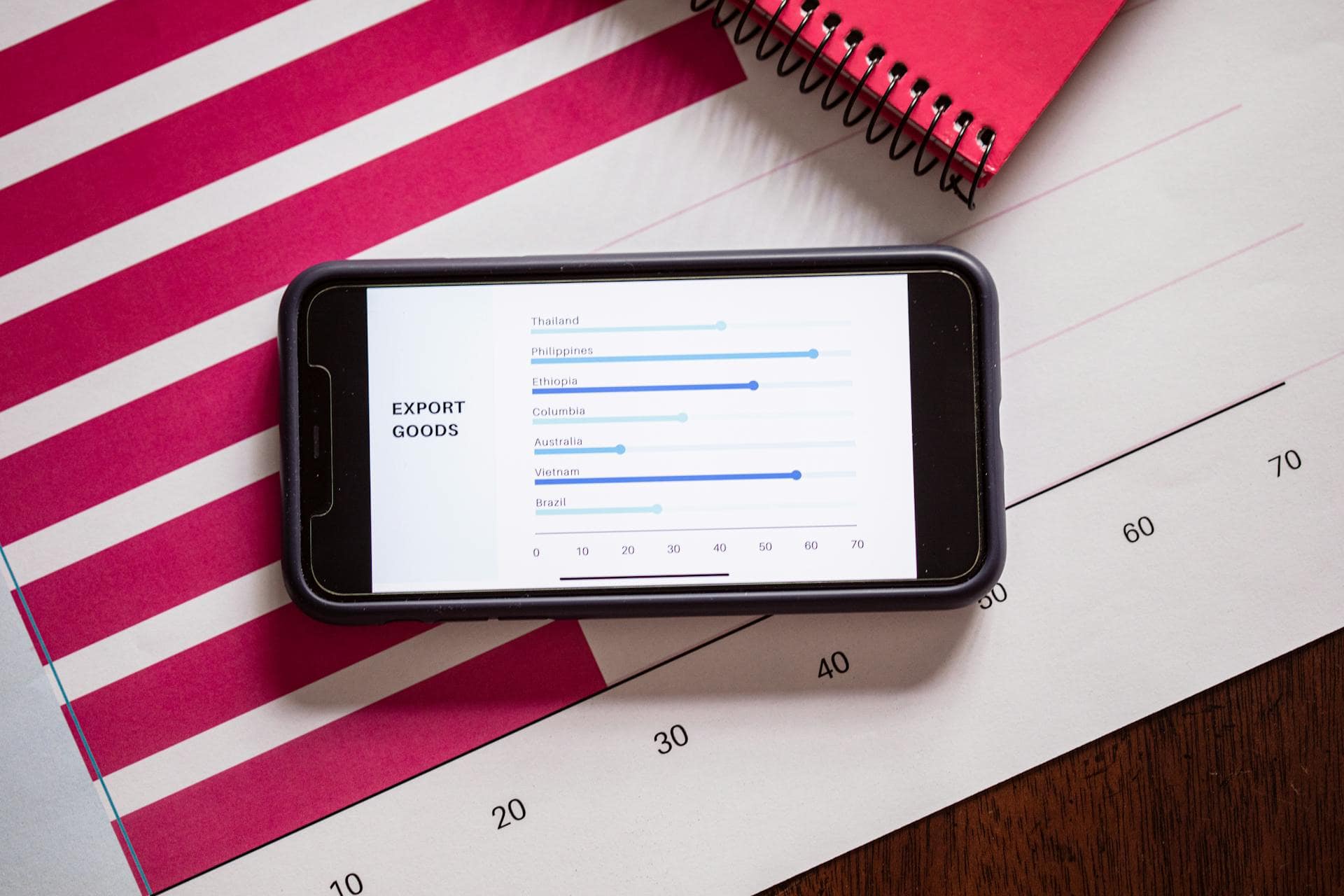With natural and man-made disasters on the rise, organizations worldwide are revisiting their security policies and emergency procedures to boost trade compliance and preparedness.
For many globalized organizations, ramping up security means controlling and monitoring who is allowed on the premises of all sites at all times.
How can secure visitor documentation promote transparency in business interactions and aid in building trust in trade?
Why Visitor Management Compliance Matters
Visitor screening compliance is fundamental to safeguarding your organization’s people, assets, reputation, and future. Knowing who comes through your door and controlling who has access to what is critical, especially for organizations involved in trading controlled goods.
Here is how visitor management contributes toward…
- Protecting people. – Ensuring that only thoroughly vetted individuals are allowed on-site helps protect your staff and other visitors from acts of violence and other threats. Additionally, keeping a record of who is on the premises at all times will help your organization respond more effectively to emergencies, such as earthquakes or other natural or man-made disasters.
- Safeguarding assets. – Using visitor management and security clearance to control access to various areas is essential for regulatory compliance and helps protect your company’s assets from theft or misuse.
- Mitigating non-compliance risks. – Visitor tracking in trade backed by secure record-keeping works to shield your organization from the criminal penalties, financial risks, and reputational damage associated with non-compliance.
“To ensure effective screening and reduction of the risk of ITAR violations involving restricted parties and proscribed countries, DDTC [Directorate of Defense Trade Controls] recommends that organizations…establish policies and procedures for implementing screening within the organization’s operations,” advises DDTC in its International Traffic in Arms Regulations (ITAR) Compliance Program Guidelines. “For example, consider establishing procedures for screening prior to each of the following activities: entering substantive business discussions, signing contracts or other agreements, submitting license applications, and exporting.”
These recommendations highlight the importance of creating in-house compliance policies and procedures that match regulatory standards or, ideally, exceed them. Traders can take a proactive approach by creating internal safeguards to mitigate risks.
To illustrate, an organization involved in trading controlled goods may invite a potential business partner to its headquarters for an initial meeting. The organization may not be legally required to screen the individual at this point since they have not yet decided to pursue a partnership, and the organization will not authorize the individual to gain access to any controlled goods on the premises. Still, would it not be prudent to screen the individual before planning the meeting and extending an invitation to the premises?
Consider why exercising more caution than the law requires may be a safeguard:
- Could the individual be on a watchlist or denied party list?
- If the individual is barred from some trading activities, how might their visit reflect on your organization’s reputation, and what threats might this pose?
- Could the individual somehow gain unauthorized access to controlled goods while on the premises?
At the very least, holding a meeting with an individual who has not been properly vetted on your property could represent a waste of time. However, the consequences could be much more grave, especially for traders dealing with controlled goods.
Indeed, prioritizing visitor management can be a safeguard. How can your organization promote transparent trade practices and boost compliance in visitor processes?
How Modernized Visitor Management Systems Foster Trust in Trade Relationships
Trade partnership trust grows when both parties are assured of the other’s commitment to compliance and security. Trust is priceless. It cannot be bought; rather, it must be built and backed by action. Investing in modern solutions, such as a centralized visitor management system, contributes to achieving this goal and yields ROI that transcends the bottom line. How?
Visitor management systems can build trust by:
- Eliminating outdated methods. – A tech-forward approach allows you to ditch the clunky paper-based sign-in and hand-written badge systems for a more modern and streamlined approach. Visitors will take note that you have spared no expense to welcome them in a professional and secure manner.
- Making a great first impression. – Implementing a user-friendly, efficient, web-based solution backed by good customer service helps build trust from the first check-in.
- Sending visitors important notifications. – Capturing the user’s contact information to share critical information, like evacuation instructions or other updates in case of an emergency, can help visitors feel safe and reassured that your organization has put time and resources into disaster preparedness.
- Managing access to controlled areas. – Providing individualized badges with specific levels of security clearance helps protect your assets and communicates to visitors that security is your organization’s priority.
- Conducting denied party screening checks. – Rather than feeling slighted by watchlist screening, the right kind of potential business partners will feel reassured by your commitment to compliance from day one.
- Creating a consistent experience at all locations. – As business partners visit your locations across the country or overseas, they’ll be impressed by the continuity of the on-brand visitor check-in experience. That way, visiting your various premises will seem familiar and professional, working to further foster trust.
- Facilitating policy agreements. – Providing visitors an opportunity to read and agree to your terms and policies before gaining access to the premises reflects professionalism, trustworthiness, and a commitment to transparency.
Yes, implementing a modern visitor management system allows you to combine two key priorities into one neat package: 1) trade compliance and 2) user experience. These keys work together to open the door to long-lasting trade relationships built on trust and transparency.
Enterprise Level Visitor Management System for Optimized Compliance
At OCR Global Trade Management, we have created a centralized Visitor Management System designed to elevate your organization’s approach to welcoming visitors on-site.
Beyond the trust-building benefits mentioned above, our Visitor Management System has the following capabilities to help organizations with…
- Expediting repeat visitors
- Generating various badge types for different visitors
- Handling early check-ins
- Capturing a picture of the visitor
- Facilitating electronic visitor signatures on documentation
- Configuring unique visitor questionnaires
- Integrating with third-party calendars, ID scanners, access control devices, etc.
- Sending email and SMS notifications to visitors
- Performing ITAR compliance checks on visitors before check-in
- Uploading and exporting visitor and employee data
- Maintaining records with advanced filter reporting and exporting for audits
- Managing evacuations in the event of an emergency
- Archiving enhanced security through secured networks and biometrics
- More
Our trademark technologies aim to enhance your compliance program and boost the security of your operations, bolstering your organization’s reputation as a trusted partner in trade. Learn how to implement our powerful Visitor Management System today.



